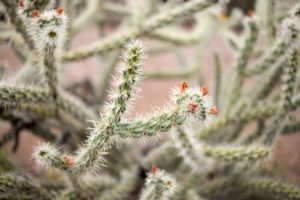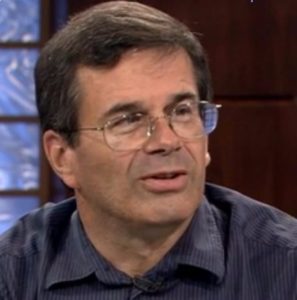Wildcrafting, Foraging, and Growing Native
From Guest blogger and podcast guest Mark Lewis,
Learn more about him and listen to his podcast HERE.
Every day, we walk through a miracle. Our brother and sister plants and animals have always called out to us and given us the confidence to really live in and engage the desert, not a wilderness, rather a home filled with a bounty of diverse, native, nutritious superfoods. It’s a place where even our living soil – composed of the tiniest native plants, animals, fungi, and protists – helps to stabilize and secure our world. It’s a place where cactus calls the rain and helps moderate our climate. This is the southwestern place I call home, the place I engage and forage and grow in each day: larder, community, miracle, Grandpa’s world, then as now, from forever ago far into the ancient-future.
 Our desert is not only NOT a wilderness, it’s a larder of weedy superfood indicator plant crops left over from an agriculture different from the current western version, filled with familiar and new-to-western-agriculture plant families: anyone who’s ever eaten beans, strawberries, potatoes, tomatoes, chocolate, or vanilla is familiar with Native American foods. Here in Arizona, Those Who Came Before domesticated, cultivated, and gifted The People: turkeys, sunflowers, vitamin-packed wolfberry and pitahaya (relatives of goji and dragonfruit), anti-diabetic mesquite, betalain- and calcium-rich cacti (prickly pear and cholla), with chemistry similar to beets and chard, and arugula-relative opon/povertyweed. Corn has been in Arizona for 4100 years. Plants like saiya, amaranth, peppergrass, and wild mustard actually respond to careful harvesting by producing more. The People relocated agaves and palms, using terracing, akchin/charco topography exploitation, and rock mulch to enhance and work WITH native desert soils.
Our desert is not only NOT a wilderness, it’s a larder of weedy superfood indicator plant crops left over from an agriculture different from the current western version, filled with familiar and new-to-western-agriculture plant families: anyone who’s ever eaten beans, strawberries, potatoes, tomatoes, chocolate, or vanilla is familiar with Native American foods. Here in Arizona, Those Who Came Before domesticated, cultivated, and gifted The People: turkeys, sunflowers, vitamin-packed wolfberry and pitahaya (relatives of goji and dragonfruit), anti-diabetic mesquite, betalain- and calcium-rich cacti (prickly pear and cholla), with chemistry similar to beets and chard, and arugula-relative opon/povertyweed. Corn has been in Arizona for 4100 years. Plants like saiya, amaranth, peppergrass, and wild mustard actually respond to careful harvesting by producing more. The People relocated agaves and palms, using terracing, akchin/charco topography exploitation, and rock mulch to enhance and work WITH native desert soils.
Arizona’s diverse larder-nurturing desert soils are living communities. A teaspoonful of healthy soil is composed of a billion organisms, including animals, plants, protists, and actinomycetic and mycorrhizal fungi. Our stable desert soils are also characterized by a 4mm surface layer of cryptogamic soil, a community of bacteria, fungi, lichens, algae, mosses, and liverworts that form the nutrient-rich seedbed and anchor that protects larger plants from sun and wind desiccation, a layer whose only major enemy is compression. Sustainability means taking care of our soil.
Foraging sustainability also means the need to re-establish areas of 8000-year native legume tree/cacti forests typical of the Sonoran Desert, with their, perhaps, counter intuitive effects on climate, because it’s cactus that calls the rain. Grandpa made it clear to me that the columnar cacti on the hillsides (from saguaro to mammillaria) call the rain, and, in a case of western science catching up to 50,000 years of Native observation, it appears a scientific explanation exists in the effects of nighttime CAM carbon fixation utilized by masses of cacti to run an areal humidity/pressure/breeze-inducing pump of sorts, without which rain skirts the heat-islands our cities have become. Foraging the 8000-year crops is the first step to re-engaging us with the sustainable miracle.
Editor’s Note: Check out Podcast 306: Mark Lewis on Wildcrafting, Foraging, and Growing Native. Harvesting Sustainable and nourishing foods found growing in the wild.


Guest Bio: Mark is a Wildcrafter extraordinaire. Wildcraft harvesting provides ¾ of his family’s food supply on a daily basis. Additionally he demonstrates sustainable foraging of 200 indigenous plants and 50 mushrooms at Phoenix area farmers markets, universities, schools, and regional conferences. Mark is now embarking on a new endeavor The Farm – growing 100 of the plants that he wildcrafts, introducing them and their culinary potential to area chefs, and sharing them and a library of First Nations’ language ethnobotanical materials with the native American Communities.







